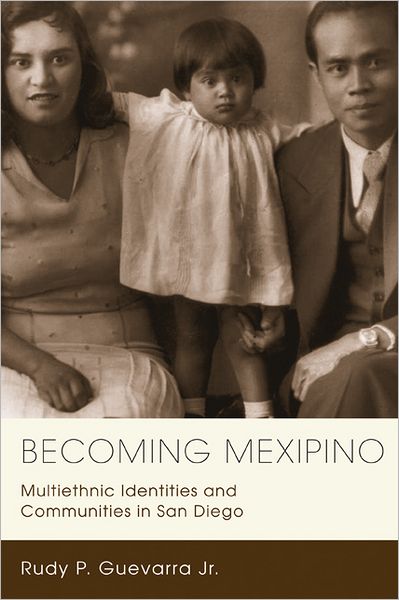Mixed Race Conference reflects on identityPosted in Articles, Campus Life, Identity Development/Psychology, Media Archive, Politics/Public Policy, Social Science on 2017-03-02 03:21Z by Steven |
Mixed Race Conference reflects on identity
The Daily Trojan
Los Angeles, California
2017-02-26
 Julia Erickson | Daily Trojan Roundtable · Panelists spoke with Maria Root (second from left) to discuss her 25 years of experience in multiracial studies at the fourth annual Critical Mixed Race Studies Conference. The event was hosted by the USC Shinso Ito Center for Japanese Religions and Culture. |
When Rudy Guevarra Jr. filled out identification forms in elementary school, he remembers never checking the provided boxes for race. Instead, he drew his own box, and wrote “Mexican-Filipino,” unable to choose one parent’s culture over the other.
Guevarra delivered the keynote address for the Critical Mixed Race Studies Conference on Sunday, a speech titled “Borderlands of Multiplicity: Reflections on Intimacies and Fluidity in Critical Mixed Race Studies”. The three-day conference held at USC featured a series of workshops, lectures, panels, movie-screenings and concerts on the topic of “Trans,” coinciding with the Hapa Japan Festival. It was hosted by USC Shinso Ito Center for Japanese Religions and Culture.
An associate professor of Asian Pacific American studies at Arizona State University, Guevarra spoke about his mixed race heritage as a “Mexipino,” or Mexican-Filipino, growing up in the borderland city of San Diego and how that influenced his doctoral research in borderlands, labor history and multiethnic identities…
…The conference fell on the 50th anniversary of the 1967 Loving v. Virginia decision that declared anti-interracial marriage laws unconstitutional.
“It’s not just celebrating who we are, but also reflecting on how our multiplicity can enhance the greater good of the communities we work in,” said Chandra Crudup, co-coordinator of the Critical Mixed Race Studies Conference…
Read the entire article here.


